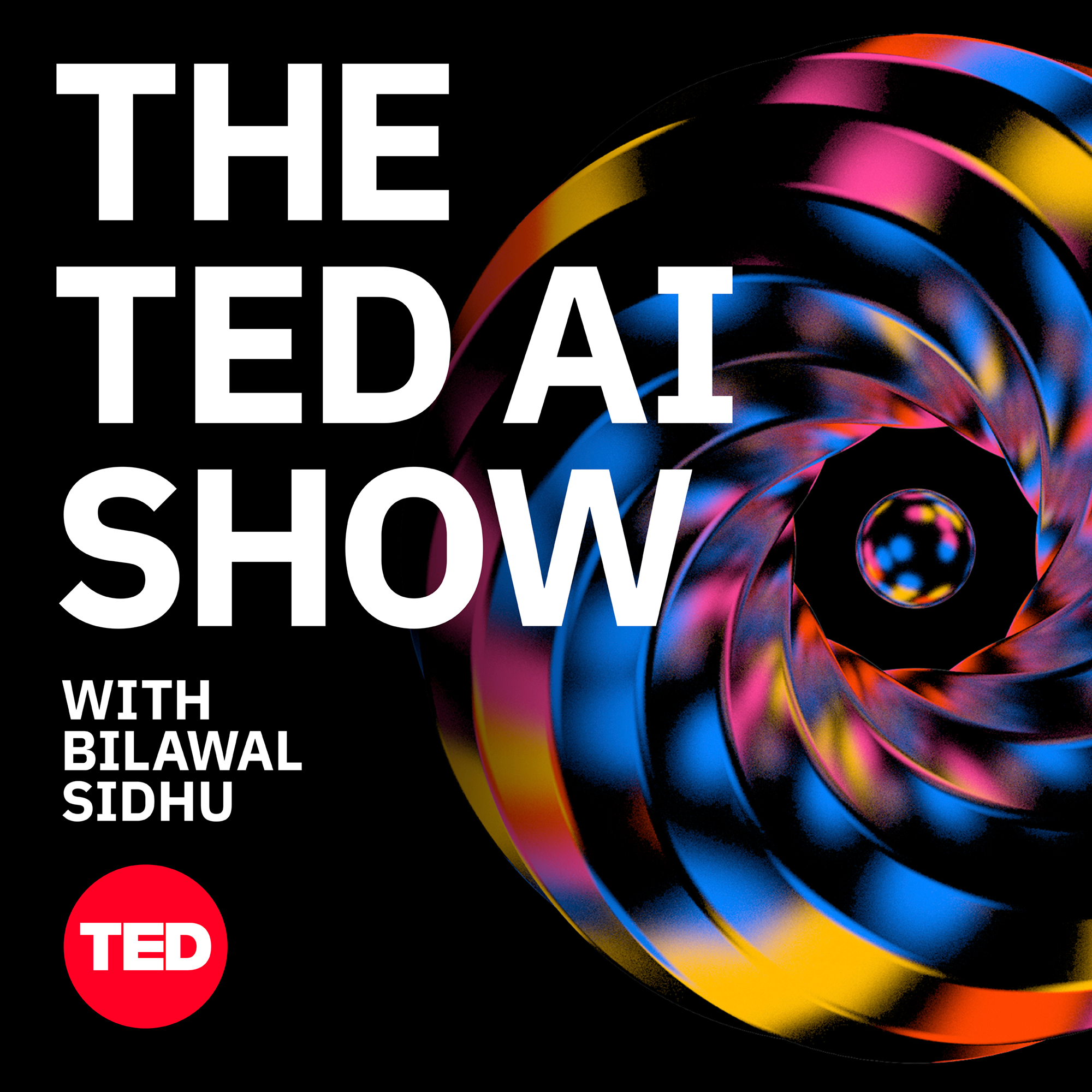
How AI robots learn just like babies — but a million times faster w/ NVIDIA’s Rev Lebaredian

The TED AI Show
Deep Dive
Why are robots struggling to master physical intelligence compared to humans?
Robots lack the years of practice and learned experiences that humans accumulate from childhood through trial and error in the physical world. While humans can instantly calculate trajectories and movements, robots require extensive training in simulated environments to achieve similar physical intuition.
How does NVIDIA's simulation technology help robots learn faster?
NVIDIA's simulated environments allow robots to practice and learn at a supercharged pace, compressing tens of millions of repetitions that would take humans years into minutes. This accelerates the development of physical intelligence, enabling robots to master new skills much more quickly.
What is the potential market size for physical AI applications?
The market for physical AI, which includes industries like transportation, manufacturing, and drug discovery, is estimated to be around $100 trillion. This is significantly larger than the $2-5 trillion global IT industry, highlighting the vast potential for AI to transform physical-world industries.
What is the role of simulation in training robots for the real world?
Simulation allows robots to gather the necessary data to learn the physics of the real world without the constraints of the physical environment. It enables robots to practice in virtual worlds where they can experience millions of scenarios, including rare and dangerous ones, that would be impossible or unethical to replicate in the real world.
How does reinforcement learning help robots develop physical intelligence?
Reinforcement learning allows robots to learn through experimentation, similar to how humans learn. By placing robots in virtual environments and giving them goals, they can practice millions of iterations of tasks, such as standing up or grasping objects, until they develop a deep understanding of the physical world.
What are some current applications of physical AI in industries?
Physical AI is currently being applied in autonomous vehicles, robotic-assisted surgery, automated warehousing, and drones. These technologies are already transforming industries by addressing labor shortages and improving efficiency in tasks that are tedious or dangerous for humans.
Why are humanoid robots gaining attention now?
Humanoid robots are becoming more relevant because they can operate in environments designed for humans, such as factories, hospitals, and homes. Their human-like shape allows them to navigate stairs, ramps, and shelves, making them versatile for a wide range of tasks in both industrial and personal spaces.
What are the potential risks of deploying AI in the physical world?
The primary risks include safety concerns and the need for human oversight. Ensuring that AI systems are safe and that humans can intervene if needed is crucial. This includes maintaining the ability to turn off or pause AI systems and ensuring that humans are part of the decision-making loop.
What are the positive outcomes of applying AI to the physical world?
The positive outcomes include increased productivity, reduced labor shortages, and the ability to perform tasks that are too tedious or dangerous for humans. This could lead to a world of radical abundance, where humans can focus on fulfilling and enriching work while robots handle the mundane and repetitive tasks.
- Robots struggle with physical intelligence in the real world.
- NVIDIA uses simulated environments to accelerate robot learning.
- Simulations allow for millions of repetitions in minutes, compared to years for humans.
Shownotes Transcript
Computers have been outperforming humans for years on tasks like solving complex equations or analyzing data, but when it comes to the physical world, robots struggle to keep up. It can take years to train robots to function in the messy chaos of the “real world” — but thanks to some unlikely help from the film and video gaming industry, robots today are using AI to fast-track their learning and master new skills using simulated environments. Rev Lebaredian is the vice president of Omniverse and simulation technology at NVIDIA, a company known for its work on advancements in AI, video game graphics cards, accelerated computing and computer graphics. Rev and Bilawal discuss how simulated “mirror worlds” can help robots learn faster, the trillion-dollar market for physical AI, and the future of AI robot assistance in our everyday lives. For transcripts for The TED AI Show, visit go.ted.com/TTAIS-transcripts)